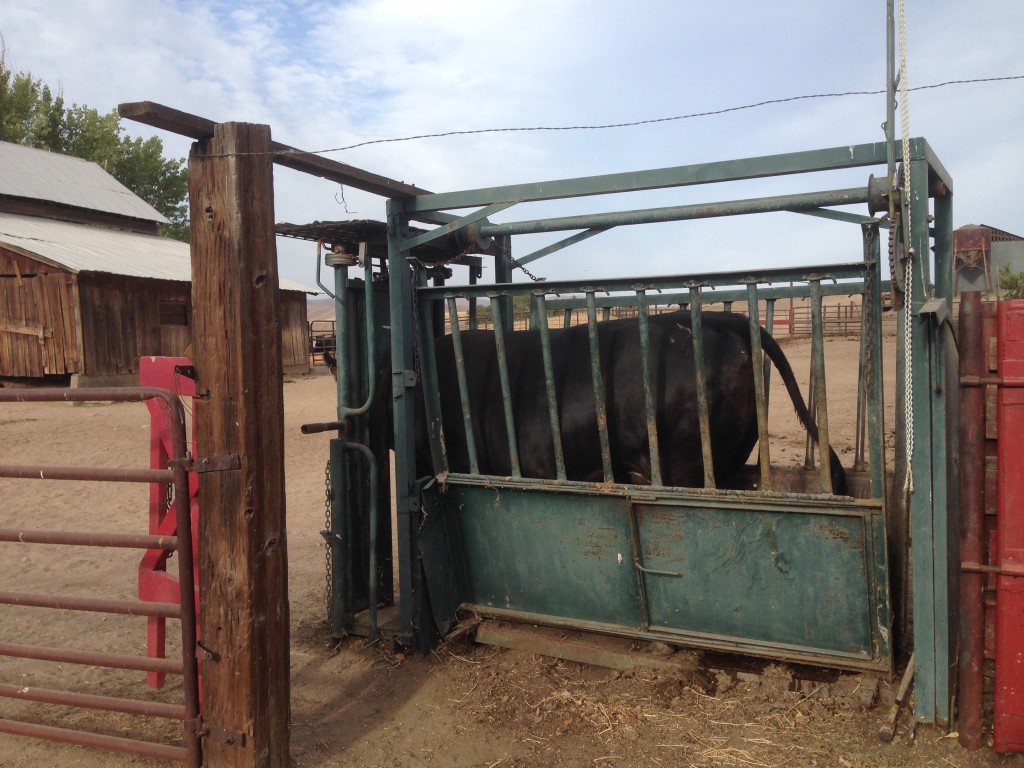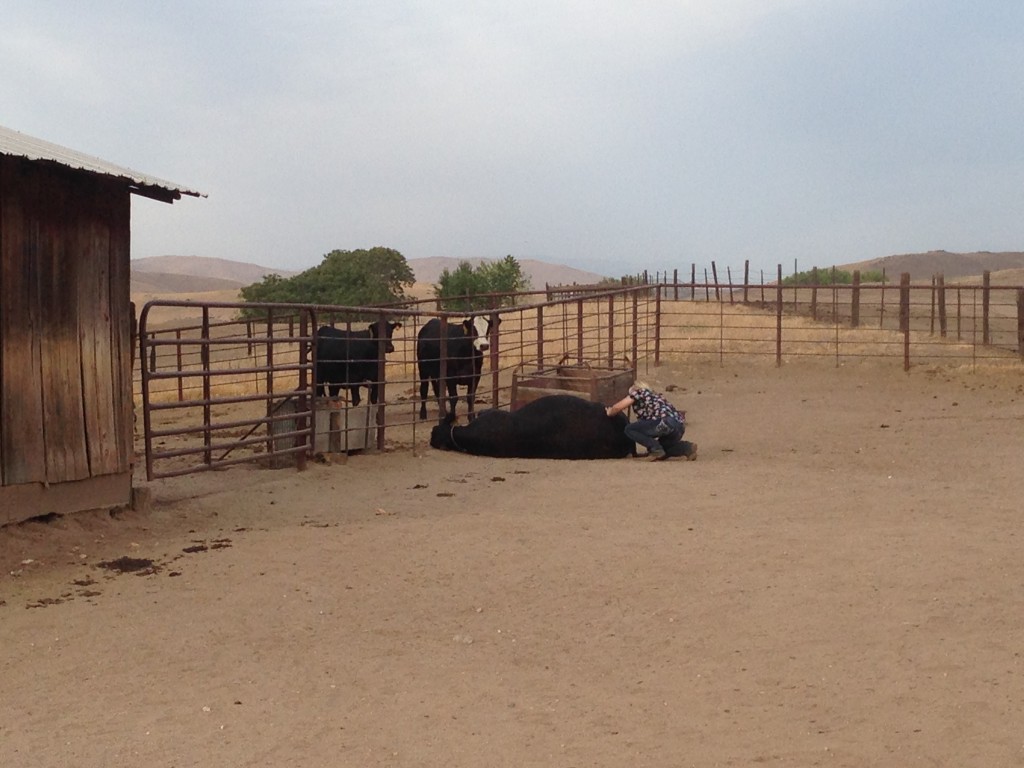As I have said before, calving season is most definitely my favorite time of the year on our cow/calf operation. It’s not only new life but hope for the future and reinforcement that we did things correctly the year prior. It gives me chills to watch a mother cow and her calf interact in the first few minutes after a calving. The instincts that the mother cow has to lick off the calf, eat her afterbirth (don’t want the predators to know there is a new calf), and protect that new baby is something you’d have to see to really understand. The same thing goes for the calves. Within 10 minutes they are attempting to stand. It’s very shakey and unsuccessful in the beginning but usually within 30 minutes to an hour they are up and then following their own instincts to nurse. How long does it take us humans to walk? And if we had to figure out how to feed ourselves within the first few hours… forget it!
That all being said, sometimes calving season can be really hard both physically and emotionally. A couple weeks ago by mom found a first calf heifer starting to calve. She kept a close eye on her like we always do. Side note, the key to a successful calving is: things must continue to progress or you’ve got a problem. Things weren’t progressing like they should have been for this heifer so we made the decision to call our vet. When she got there, she felt around inside and said the dreaded words, “it’s breach”. Our hearts sank. We know those words in a human birth aren’t good and it’s the same for cattle. The proper presentation should have been two front feet facing downward followed by the nose. We were seeing about 2″ of the tail on this calf. Our vet determined that it would be easier to pull this calf on the ground rather than in the chute so she was given some meds to make her a bit sleepy. It took awhile for our vet to be able to manipulate the calf inside the uterus in a way that would allow us to pull the calf without causing damage to the cow. We knew the calf didn’t have a heartbeat at this point and therefore took the steps necessary to get the calf out safely and save the cow. And thankfully we have an extremely skilled veterinarian who was able to do so.


That day was tough and unlike most other days during calving season, but it happens, and it’s an event that we will continue to learn from. It never gets easier to see a full-term calf born dead. The questions flood your mind for days. “Why was this calf breach? What would have happened if we called our vet earlier? How can we prevent this next time?” And honestly, it would be impossible to save them all but we’re dang sure going to try.
Forget the fact that this is a business for a moment. Ranching can mean new life and it can most certainly mean death. It teaches us how to value life and the power of Mother Nature. It creates bonds between people like my Mom and I because we were there for each other and we will learn together. Some people may read this and say “it’s only a calf, why do you care so much?” We have a responsibility to care for these animals as best we possibly can and no loss will ever be an easy one.
